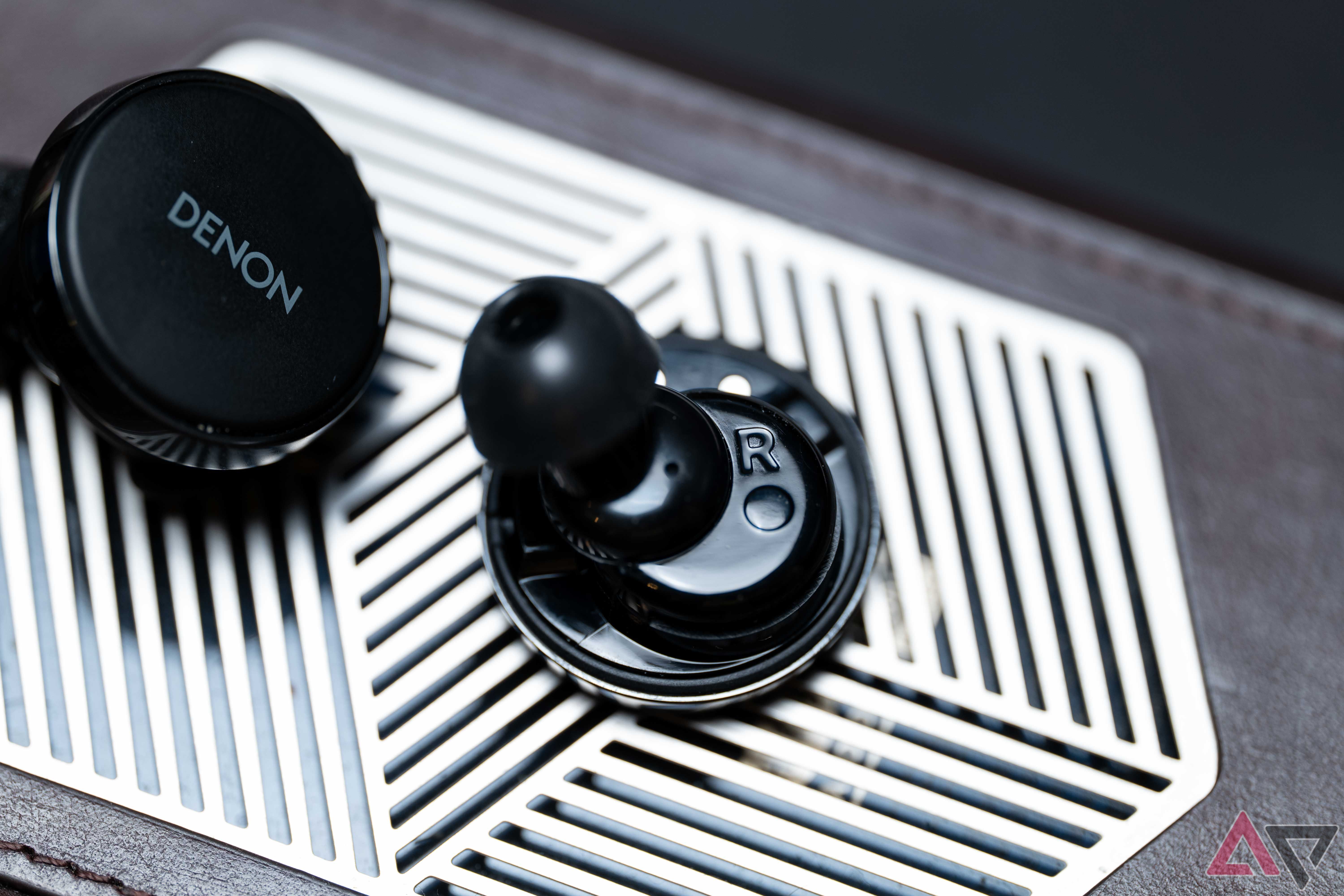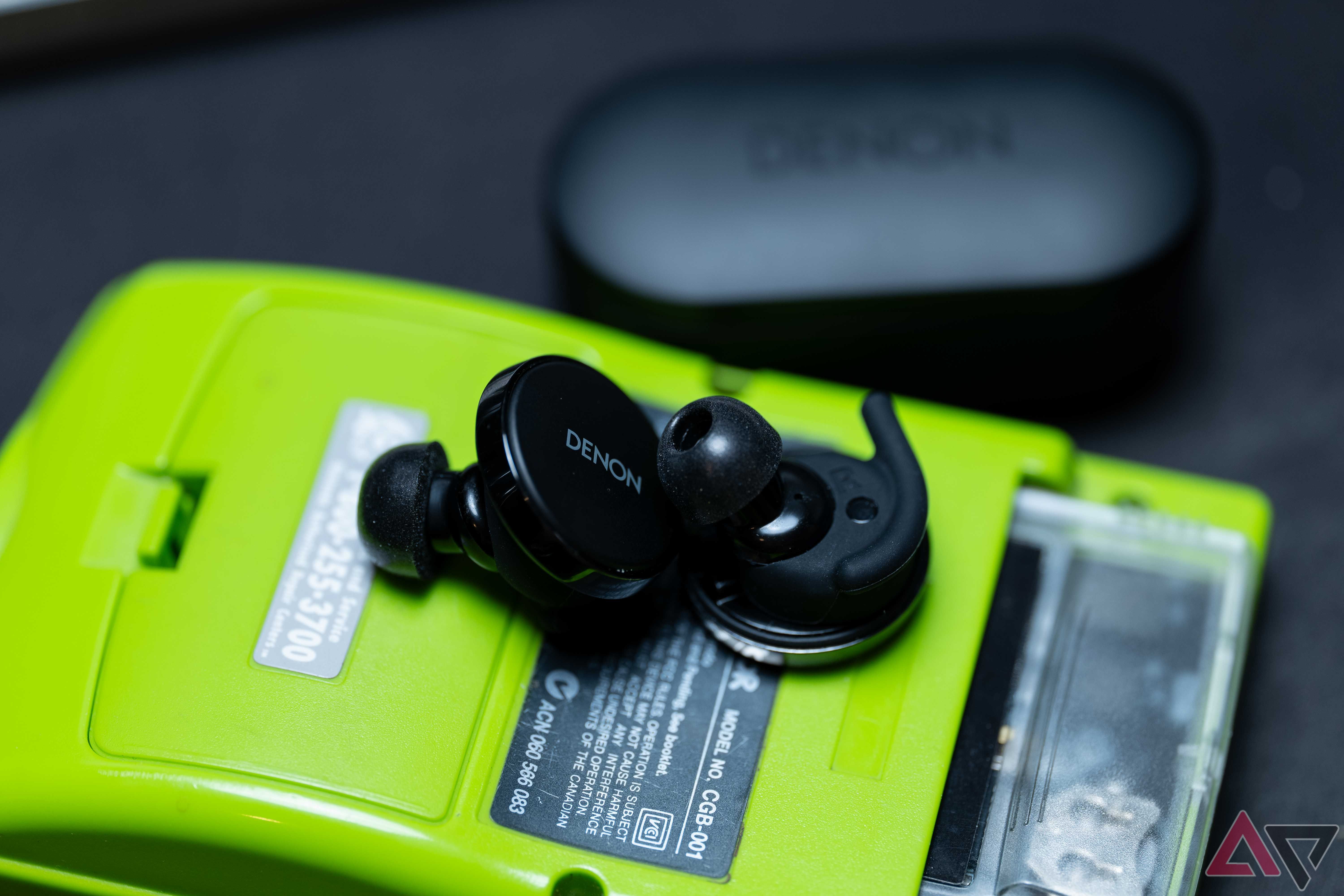For better or worse, I have put a not insignificant amount of effort into squeezing as much quality out of my listening experience as I can, within reason. While that means most of my music listening happens at my desk with lossless files through a dedicated DAC and headphone amp, I still appreciate the convenience of Bluetooth earbuds. Even the best earbuds around may not match that quality, but adding in things like active noise canceling makes it a much fairer trade, which is why I’m always skeptical when a product promises all the benefits of both and none of the tradeoffs.
Since Bluetooth took off, the industry has made strides to get audio quality back to where it was when we were still stressed over earbud cords turning into knots the second they entered our pockets. While the LDAC and now aptX Lossless codecs are right around the bandwidth to tackle CD-quality audio, at least on paper and under ideal conditions, that doesn’t mean much if the hardware is lacking.
While they probably have the best sound I’ve heard from Bluetooth earbuds, the $350 price of the Denon PerL Pros may bring a tear to your eye before the music can.
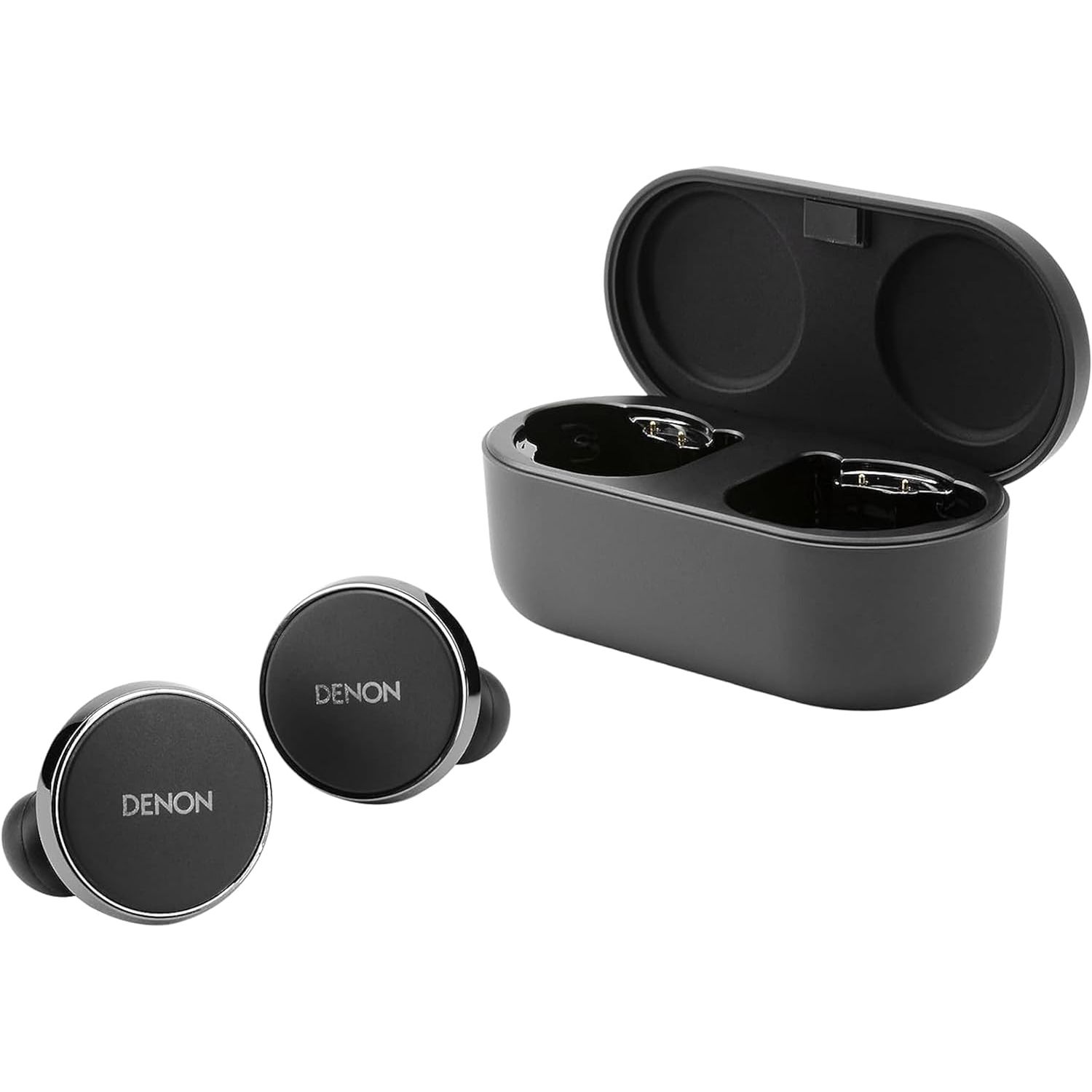

Denon PerL Pro earbuds
Most innovative
The Denon PerL Pros are one of the best sounding sets of earbuds available. While the ANC isn’t the best in this price range, or even $100 below it, with the inclusion of Masimo AAT, Snapdragon Sound Lossless, and 10mm ultralow-distortion triple-layer titanium diaphragm dynamic drivers, they deliver incredibly clean high-fidelity audio even at max volume, with impactful and thumpy bass, which come together to make you feel like you’re listening to your favorite tracks live in the recording studio.
- The automatic hearing-based sound profile
- Incredibly low distortion, and crystal clear audio clarity at every volume
- The soundstage is incredibly wide for earbuds
- Individually customize the touch controls for each bud
- aptX lossless and Snapdragon Sound are still fairly niche
- The ANC isn’t anything to write home about
Price and availability
Worth it for the right person
The Denon PerL Pro earbuds are available at most retailers you’d expect – Amazon, Bestbuy, and B&H being the most notable. With its $350 price tag, and even the $280 sale price they’ve seen since launch, the PerL Pros are solidly in the premium device price bracket.
Specifications
- Battery Life
- 8 hours of playback, up to 24 hours with the case
- Noise Cancellation
- Yes
- Microphones
- 4 per bud
- IP rating
- IPX4
- Supported codecs
- SBC, AAC, aptX, aptX Adaptive, aptX Lossless
- Charging
- USB-C, Qi wireless
- Driver size
- 10mm triple-layer titanium diaphragm
- Price
- $350
- Spacial audio
- Yes
- Multipoint support
- Yes
What’s good about the Denon PerL Pros?
Unyielding audio performance
The big feature draw of the Denon PerL Pro earbuds is undoubtedly the inclusion of the aptX Lossless codec, but that doesn’t mean much if the hardware can’t back up the software. While there’s no shortage of asterisks surrounding the software side of things, the PerL Pros are capable of downright impressive sound quality.
Even on devices that don’t support the aptX Adaptive or Lossless codecs, the clarity and soundstage are significantly better than what you’ll find in standard mass-market $250 premium earbuds. For this much of a step up in price, though, it would be an issue if that weren’t the case.
While stepping up from aptX classic to Adaptive or Lossless isn’t a difference between night and day on the PerL Pros, it’s more like between noon and 4 pm. The difference is there and easy to discern the moment you start looking for it, but if all you need is light – or sound in this case – both work splendidly. While I typically listen to lossless audio over a wire for most of the day, the Denon PerL Pros are the first wireless earbuds that don’t feel like a huge compromise in audio quality for the sake of portability.
Denon’s headphone app is one of the better ones I’ve used, too, and it is a great value to add to the PerL Pros. It’s optional, but with full customization of the touch controls on each earbud, custom settings for the in-ear sensors, and a smart EQ tool, the app does nothing but improve the user experience.
While previous hearing profile options – like what’s found on Beyerdynamic’s Free Byrds, for example – rely on user feedback during a hearing test, Denon uses Masimo AAT to automate the process. I was a little skeptical about how effective this could be, but the results made me a believer, leaving me with a profile better than I’ve ever gotten from hours of fiddling with an EQ.
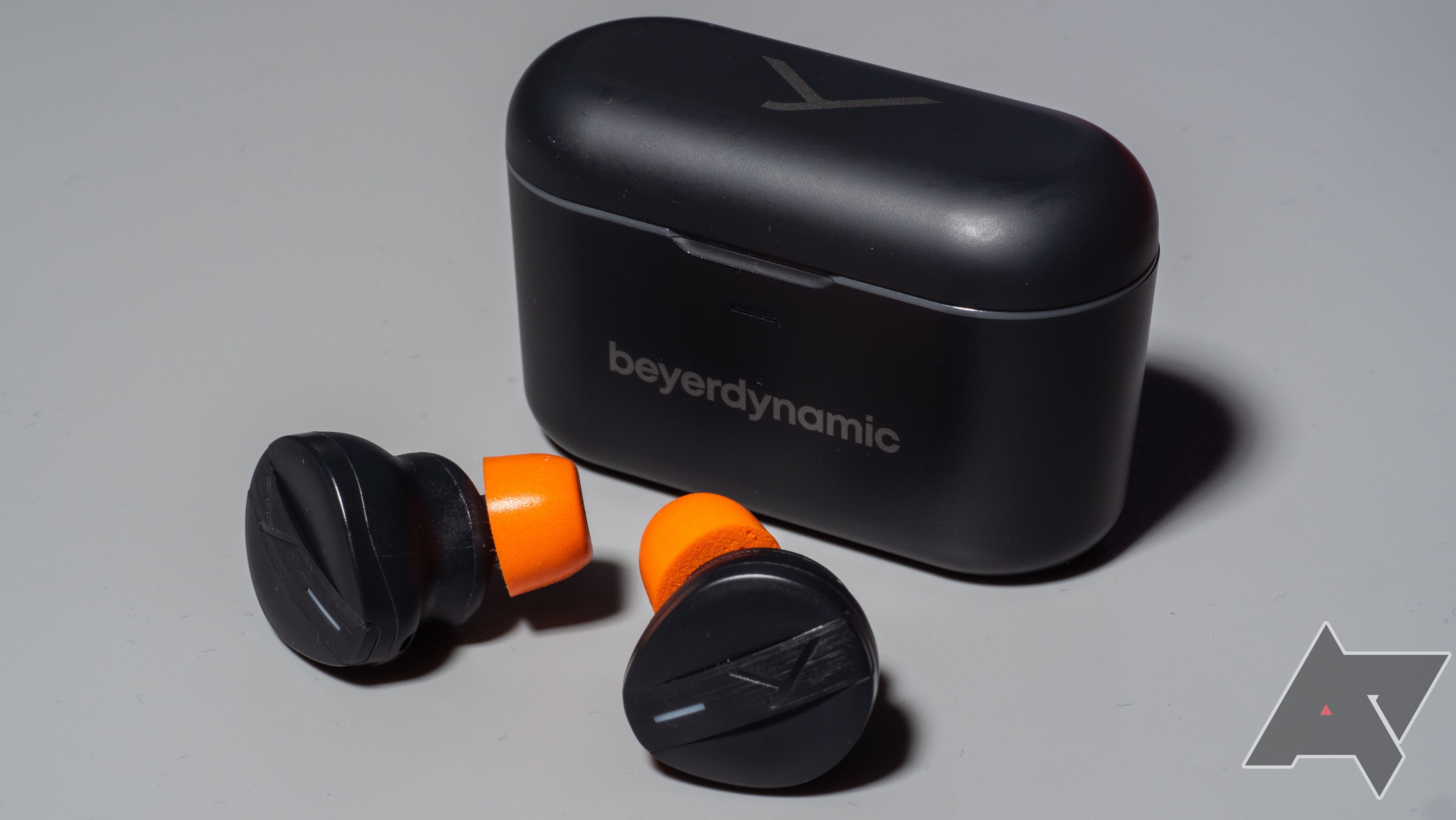
Beyerdynamic Free Byrd review: Sony and Sennheiser better look out
First attempts are hardly ever this good
Aside from the smart hearing profile, you still have a standard 5-band EQ with an “immersion” slider for the bass and sub-bass, ensuring you still have the freedom to adjust for taste.
While having all of these audiophile considerations is nice, the ANC feels a little underserved. The noise cancelling isn’t bad by any stretch; it’s on par with most buds in the $250 price range, but it isn’t as seamless as other audiophile buds I’ve used daily, like the (slightly more affordable) Technics AZ-80s.
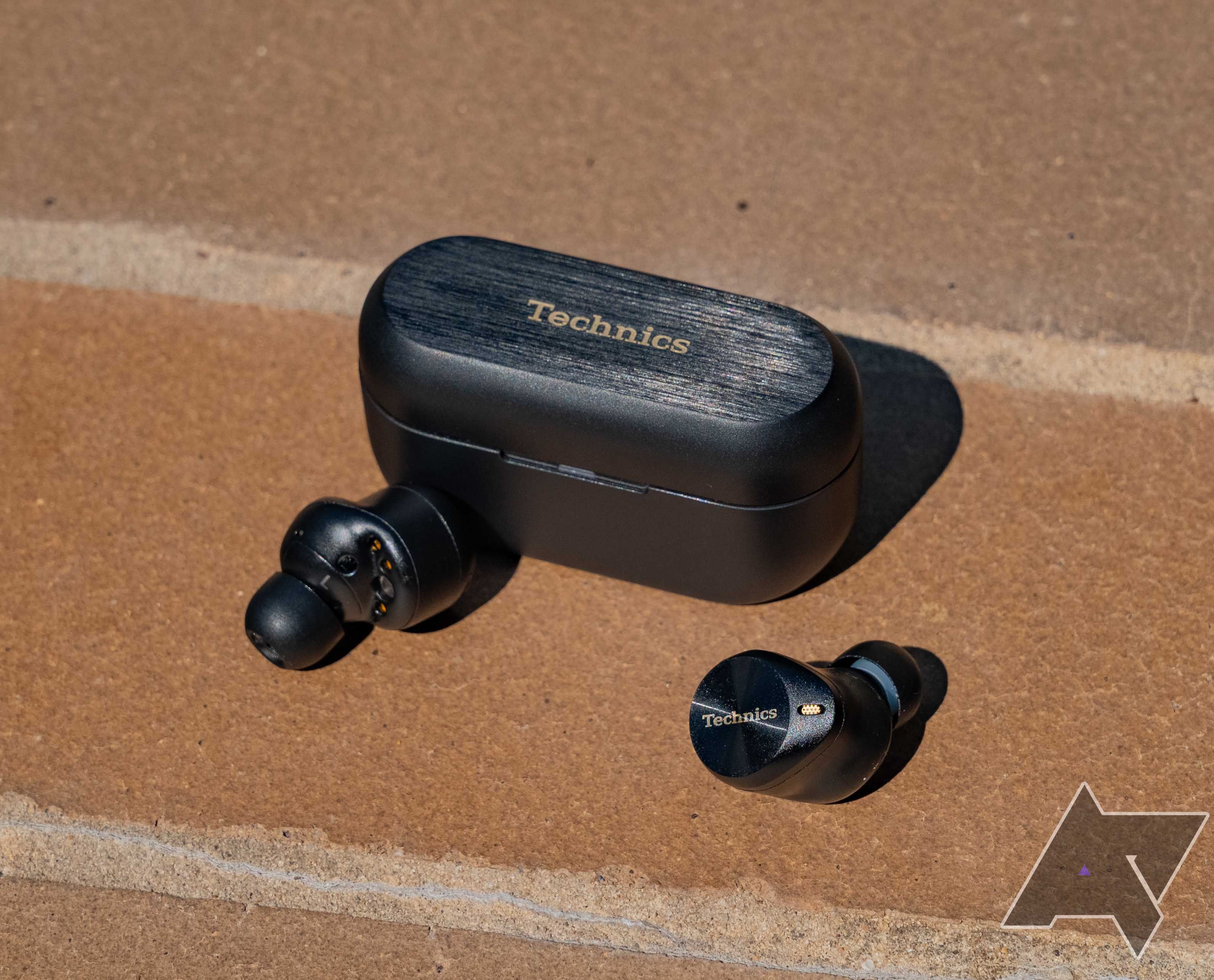
Technics AZ80 review: Flagship earbuds from a Hi-Fi legend
Top-tier sound with amazing ANC
In addition to the standard selection of earbud bits, the Denon Perl Pros include a single set of medium foam tips, which I’m a huge fan of, and two sets of wings. While more foam tips would have been better, it’s not as if they are stiff enough to be uncomfortable if you normally use smaller ones. Both of those sets of wings are relatively large compared to others I’ve used but wind up spreading that contact over a larger area, minimizing hot spots.
What’s bad about the Denon PerL Pros?
Addressing the Snapdragon in the room
While the Denon PerL Pros have a battery life I can’t complain about, the same can’t be said for my phone. While the aptX classic codec is fairly lightweight for most devices, the higher-bitrate Snapdragon Sound flavors of aptX can feel like the globe on Atlas’ shoulders.
If you’re still using a phone like the 2022 Moto Edge+, which can’t even handle the newer lossless version of Snapdragon Sound, your phone will go from full to dead before the PerL Pros even hit 50% battery, though newer devices should fare better.
Even needing to consider that may be an ask because the Snapdragon Sound club isn’t exactly packed to the gills. The list of compatible phones has a few familiar names, like Motorola, Asus, and Sony (which is responsible for the competing LDAC codec), but Samsung and Google don’t make an appearance. This isn’t exactly a surprise, what with aptX being a Qualcomm property – with the “Snapdragon” in Snapdragon Sound denoting platform exclusivity – and Samsung and Google’s use of Exynos and Tensor chips, respectively, they simply don’t have the necessary chips Qualcomm has blessed from on high.
Even without Qualcomm’s special sauce, I prefer listening to music on the Denon PerL Pros over most LDAC earbuds with my Pixel 8 Pro, which speaks volumes about the hardware and Denon’s software optimizations.
That makes my minor complaint about the PerL Pro’s transparency mode all the more puzzling. While the ANC isn’t worth complaining about, the “social” transparency mode gives some environmental noises like running water an almost crunchy or sparkly high-gain effect. Occasionally, it also has a jarring imbalance in sound by letting droning noise in on the side closest to it rather than allowing it on both or neither.
While software updates can alleviate that minor quibble, the same can’t be said of the physical issue. Not everyone is a fan of wings, myself included, so while both sizes didn’t give me any problems, obviously, your mileage may vary. However, this feels like a legitimate complaint because of the sheer size of the Denon PerL Pros. They are quite large for earbuds, and most of that weight seems pushed toward the sizable touch targets. Without the added support of the wings, I started experiencing mild discomfort relatively quickly.
Should you buy them?
A no-brainer for some, a hard sell for others
If wings are a no-go for you, the Denon PerL Pros may not be comfortable to wear for extended listening sessions. Plus, Samsung and Google users can’t get the most out of them because the high-bitrate codec they use is a Qualcomm hardware exclusive.
Despite all of that, I like them because this feels like the closest wireless earbuds have gotten to the quality of wired listening. Even with my Pixel unable to push them to their absolute limit, the hardware and tuning have cemented their place in my pocket for the foreseeable future. That step up in price from Sony or Samsung’s flagship options won’t be worth it for everyone, of course, but the returns are far from diminishing.

Denon PerL Pro earbuds
The Denon PerL Pro earbuds combine high-end audio hardware with Masimo AAT adaptive audio and Qualcomm’s Snapdragon Sound Lossless codec to deliver one of the best pairs of earbuds we’ve ever tested. The automatic hearing-based EQ profile feature must be heard in order to be believed.
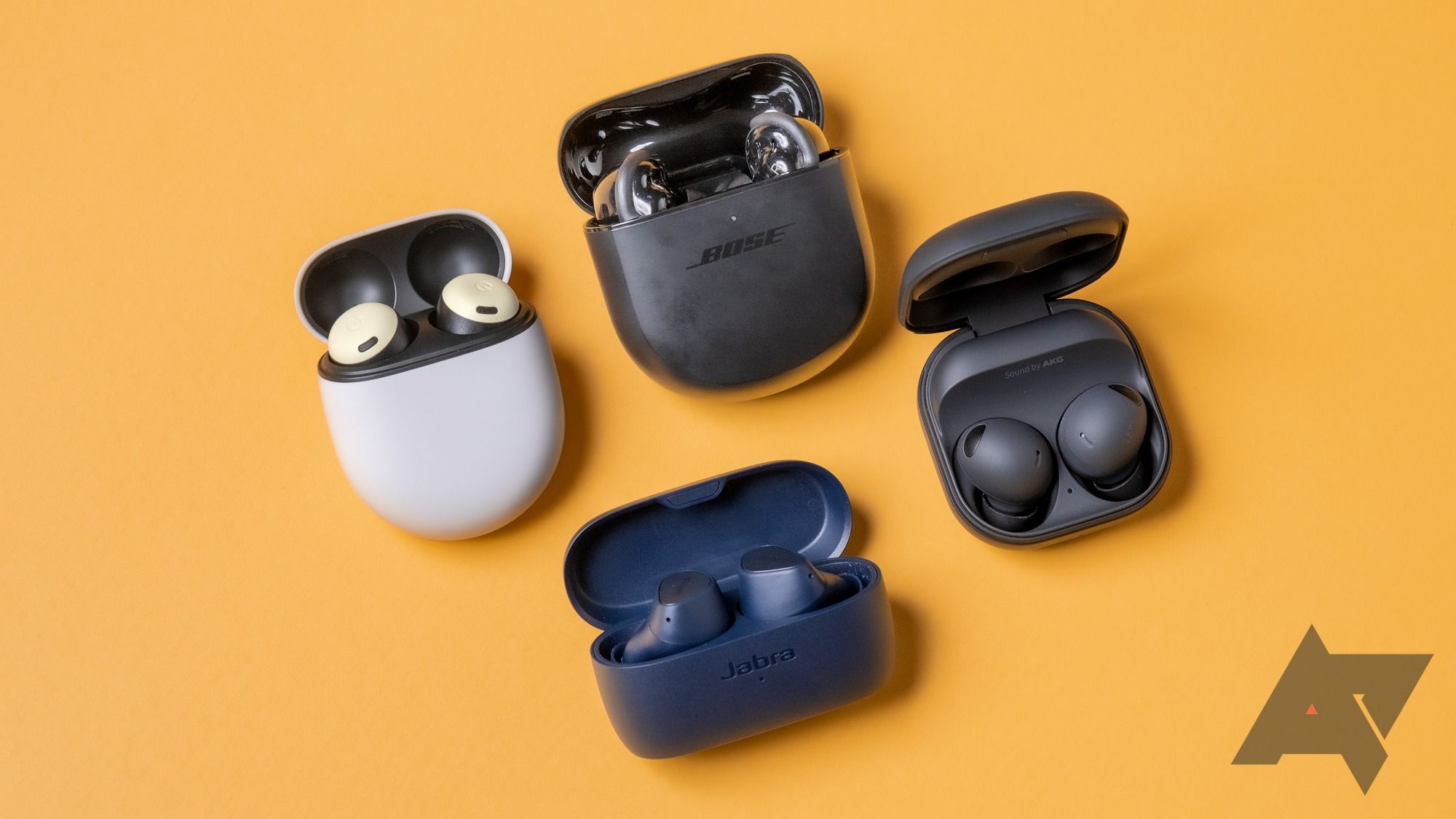
Best wireless earbuds in 2024
Your ears deserve the best, so choose the best wireless earbuds
Source link

